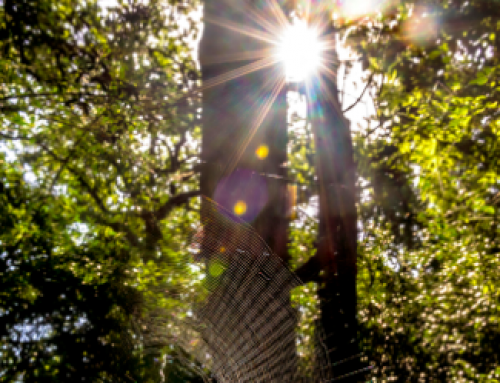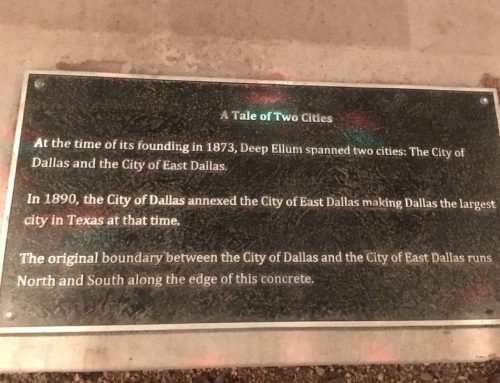
Intercept excerpt
That wall-of-beige AT&T building on Bryan Street is creepy, huh? Resembling county jail more than a workplace—I felt sad for employees walking in, imagining their lives were just like Tom Hanks’ Joe in “Joe versus The Volcano.”
Yeah, weird, but, what … not like I’m thinking the NSA is using the place to spy on Americans or anything. Ha! That would be silly. Wait. What? Well, shit.
The NSA is using the AT&T building on Bryan Street to spy on Americans.
The secrets are hidden behind fortified walls in cities across the United States, inside towering, windowless skyscrapers and fortress-like concrete structures that were built to withstand earthquakes and even nuclear attack. Thousands of people pass by the buildings each day and rarely give them a second glance, because their function is not publicly known. They are an integral part of one of the world’s largest telecommunications networks – and they are also linked to a controversial National Security Agency surveillance program.
The Intercept investigation goes on to assert, “eight locations, featured on a top-secret NSA map, depict U.S. facilities that the agency relies upon for one of its largest surveillance programs, code-named Fairview. AT&T is the only company involved in FAIRVIEW, which was first established in 1985, according to NSA documents, and involves tapping into international telecommunications cables, routers, and switches”
Read the exhaustive story here for how, precisely, they came to the conclusion, but our East Dallas AT&T is on the list.
4211 Bryan: This AT&T building is a fortified, cube-like structure, located in the Old East area of Dallas, not far from Baylor University Medical Center. Built in 1961, it is a light yellow-brown color with a granite foundation. Large vents are visible on the exterior of the building, as are several narrow windows, many of which appear to have been blacked out or covered in a reflective privacy glass.
The 4211 Bryan Street facility is located next to other AT&T-owned buildings, including a towering telephone routing complex that was first built in 1904. A piece about the telephone hub in the Dallas Observer described it as “an imposing, creepy building” that is “known in some circles as The Great Wall of Beige.”






Leave A Comment